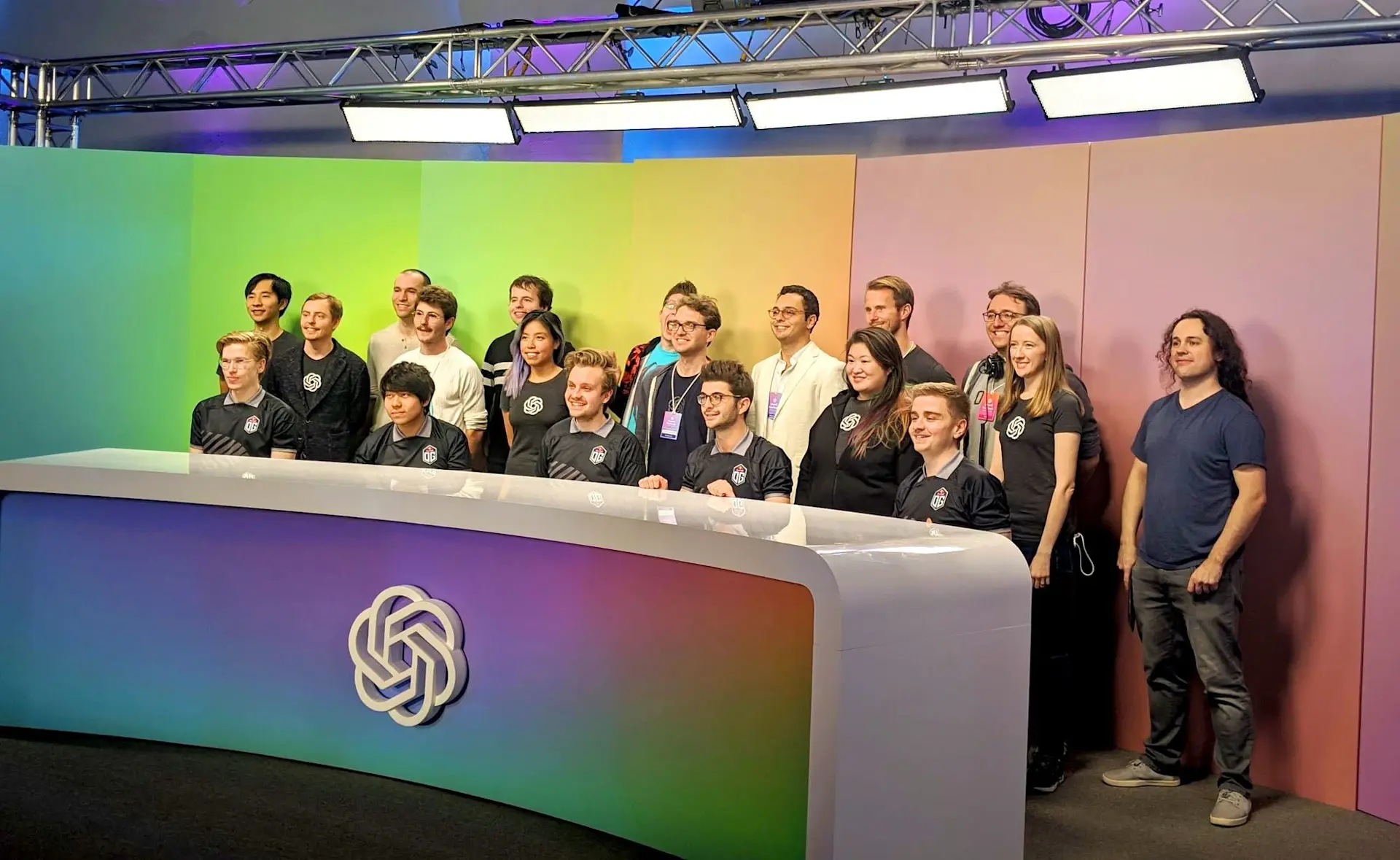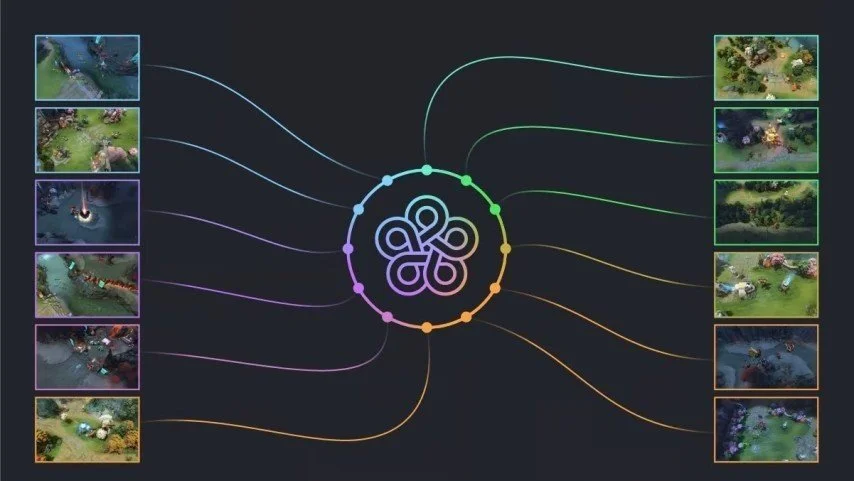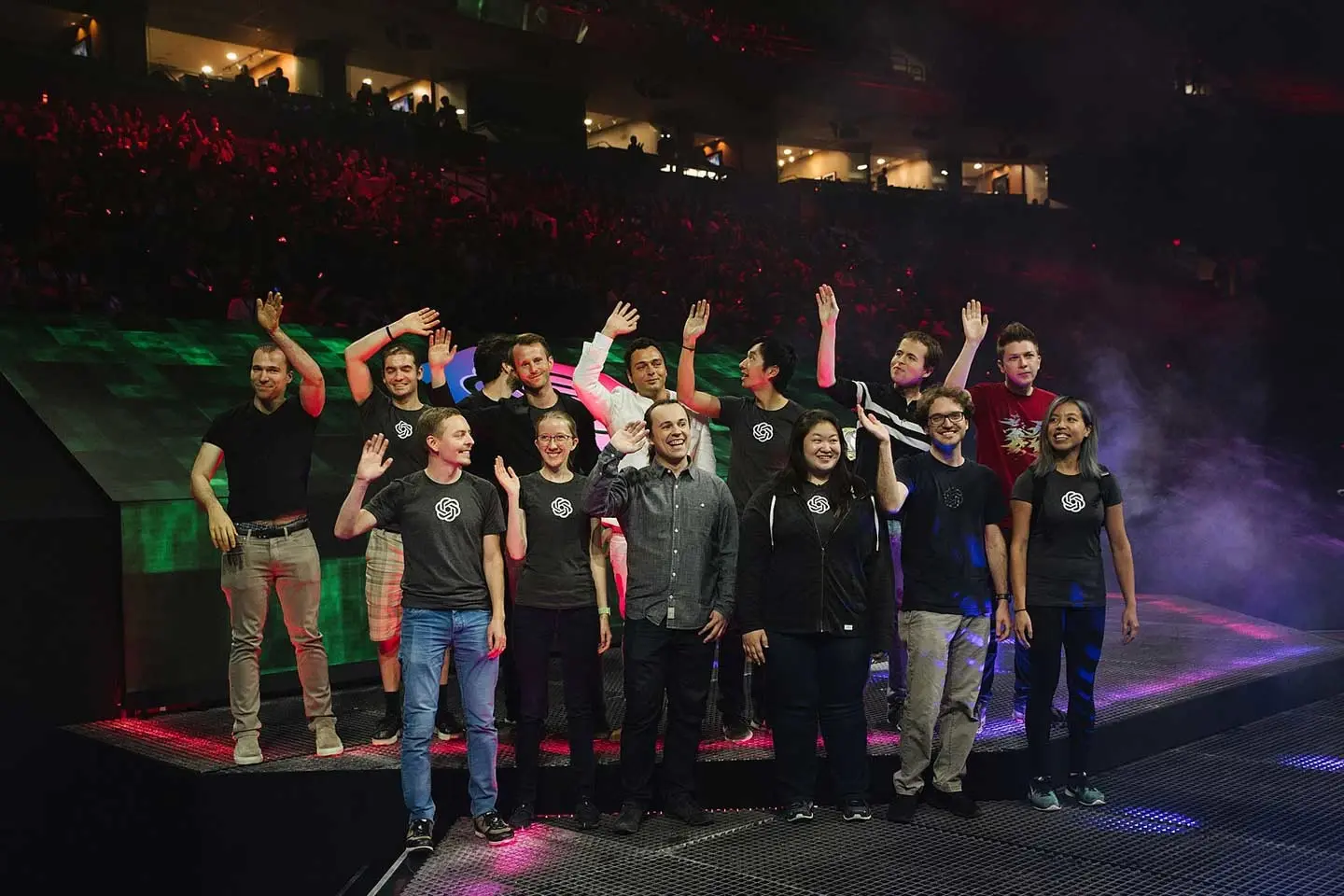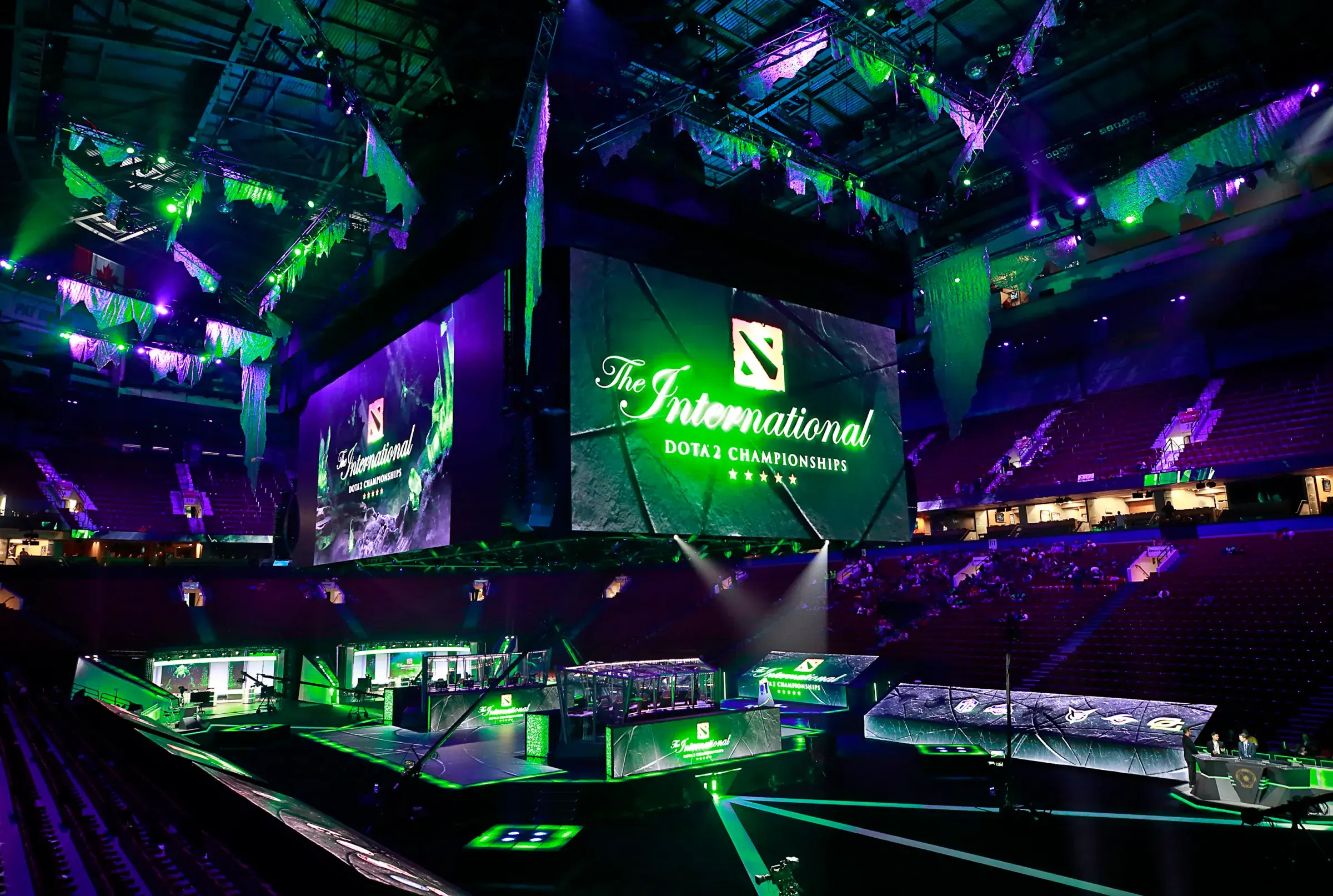- Deffy
Article
11:26, 21.07.2025

In this comprehensive deep dive, we explore how artificial intelligence has transformed Dota 2 and its broader impact on competitive gaming. Our focus is on the achievements that OpenAI Five delivered, its architectural insights, and the way forward for esports. With detailed technical coverage, strategic context, and strategic foresight, we present the most thorough analysis available.
The OpenAI Five Breakthrough in Esports
OpenAI's project known as OpenAI Five became the first AI system to defeat a world champion esports team in live Dota 2 competition—Team OG—in April 2019, securing a remarkable 2‑0 victory on a public livestream
This achievement marked a major turning point for AI's capability to operate in real-time, multi-agent, strategic environments.
The victory was not a fluke—OpenAI Five followed up by playing more than 7,000 public matches in an “OpenAI Five Arena” between April 18–21, 2019, winning 99.4% of those games, proving consistent dominance at scale.

Technical Foundations: Dota 2 AI Architecture and Training
OpenAI documented their methods in the seminal openai five paper, officially titled Dota 2 with Large Scale Deep Reinforcement Learning. They built a distributed reinforcement‑learning framework, using hundreds of GPUs and tens of thousands of CPUs, enabling training on roughly 2 million frames every 2 seconds. The system trained continuously for about ten months. Training involved techniques like continuous self-play, network surgery to handle game updates, and scaling Proximal Policy Optimization (PPO) at unprecedented throughput.
This context highlights how the project is often referred to via the openai dota 2 paper, which describes the challenges of partial observability, long horizons, and high-dimensional action spaces in Dota 2.


Why Dota 2? Strategic Choice Explained
A key question arises: why did openai choose dota 2? The answer lies in Dota 2’s complexity: long game duration, fog-of-war, enormous branching factor in hero actions, and evolving game mechanics. These factors make Dota 2 an ideal domain to test emerging AI capabilities in planning, coordination, and adaptation.
OpenAI specifically sought a domain that would stress current algorithms and scale, rather than simply showcase incremental improvements. Dota 2 forced OpenAI Five to push the boundaries of hierarchical planning, emergent teamwork, and generalization.

Emergence of Collaboration: From Dota 2 AI Bots to Teamplay
Rather than focus solely on individual performance, the system comprised dota 2 ai bots that operated as a coordinated team. Each of the five agents was trained using identical policy architecture but specialized per-hero models, allowing emergent teamwork through self-play self-reinforcement dynamics.
These bots learned to synchronize abilities, execute team fights, and adjust to unfamiliar drafting strategies. The emergent synergy was a breakthrough in multi-agent reinforcement learning. This team coordination pushed AI beyond solo agent domains like Go or Chess.
Access and Extensions: OpenAI Five on GitHub and Achievements Download
OpenAI released supplemental materials, including code and replays. While the full training pipeline is proprietary, interested researchers can find community projects or references to openai five github repositories and open‑source wrappers for Dota 2 bot interaction. Discussions frequently mention code, replays, and partial tools available via GitHub and developer forums.
Those seeking to explore or download openai dota 2 revolutionizing esports with ai achievements download resources will typically locate them via the OpenAI blog, academic archives, and linked GitHub repos containing research artifacts, replay data and presentation code.


Impact on Esports: Strategic Analysis and Industry Implications
Professional Dota 2 teams now use AI sparring partners for varied draft and playstyle simulations. The OpenAI Five framework catalyzed the development of high‑fidelity simulation bots used for training strategies, timing pushes, and practicing hero matchups.
AI-Assisted Strategy and Analytics
With the precedent of OpenAI Five, newer AI systems analyze match data to generate tactic suggestions, power spike forecasts, map control metrics, and opponent‑specific tendencies. This has elevated analytical content around tournaments, training camps, and even in‑game decision support.
Ethical and Technical Benchmarks
The success of OpenAI Five also introduced ethical debates around fairness. Because these bots did not “see” through a game interface like humans but used direct game-state APIs, critics questioned the legitimacy of such matches. Still, the broader AI community regards the project as a landmark in scaling existing reinforcement learning methods, rather than inventing fundamentally new algorithms.

Challenges and Limitations
Despite dominating in controlled settings, the bots exhibited weaknesses in long-term strategic planning. Research indicates that OpenAI Five could plan effectively only within roughly 14‑minute horizons, making it susceptible to macro-level strategies beyond that window.
Furthermore, experiments during The International 2018 versus paiN Gaming revealed that while bots outperformed in tactical execution, they failed to adapt to novel strategies or unexpected game state changes—highlighting gaps in robust generalization.

From OpenAI Five to Next-Gen AI Agents
The OpenAI Five project laid foundations for emergent AI capable of cooperative gaming. Follow‑on research explored techniques for long‑term planning, hidden state analysis, and “neural surgery” to adapt models amidst evolving game dynamics .
Broader MOBA and Real‑World Applications
AI agents in Dota 2 provide a model for multi-agent, real-time decision-making in real-world contexts—robotics coordination, logistics, and autonomous multi-vehicle systems. Dota 2 offered a microcosm model for these domains.

Community Research and the Dota 2 Bot Competition
Since OpenAI’s results, academic communities have hosted Dota 2 bot competitions, inviting diverse AI techniques to compete in 1v1 or team scenarios. These events drive innovation in reinforcement learning, imitation learning, and hierarchical modeling.







No comments yet! Be the first one to react